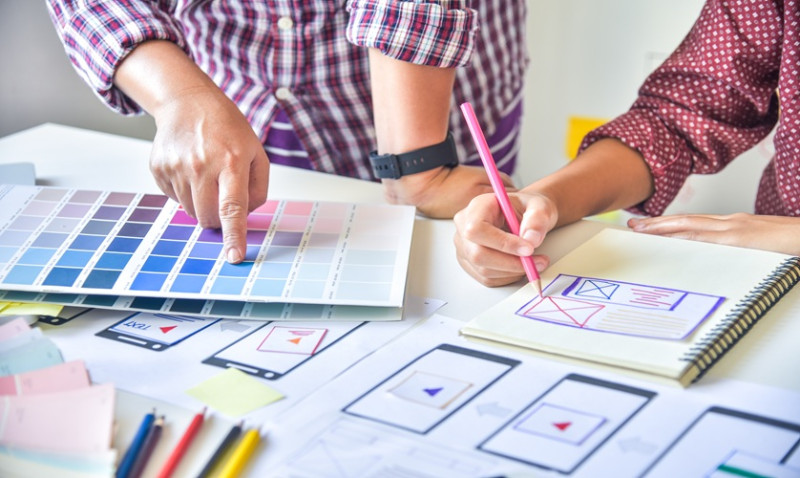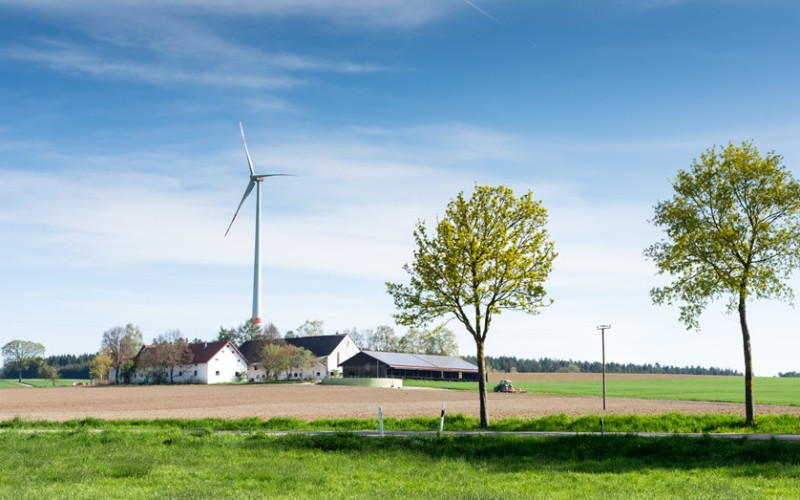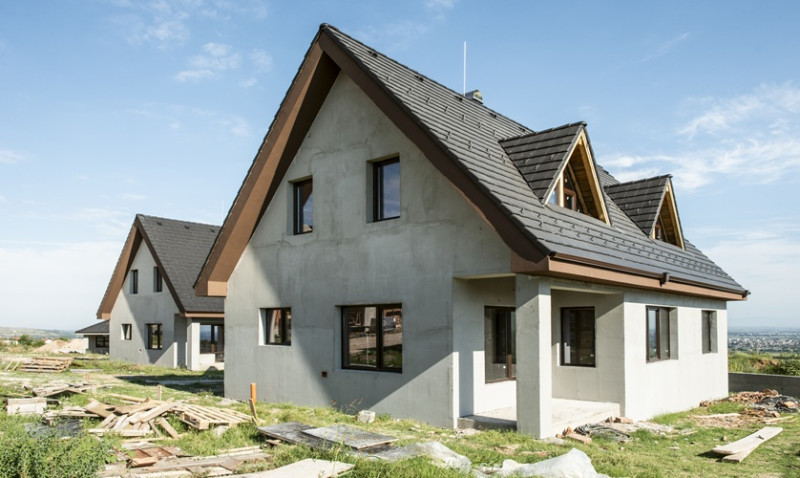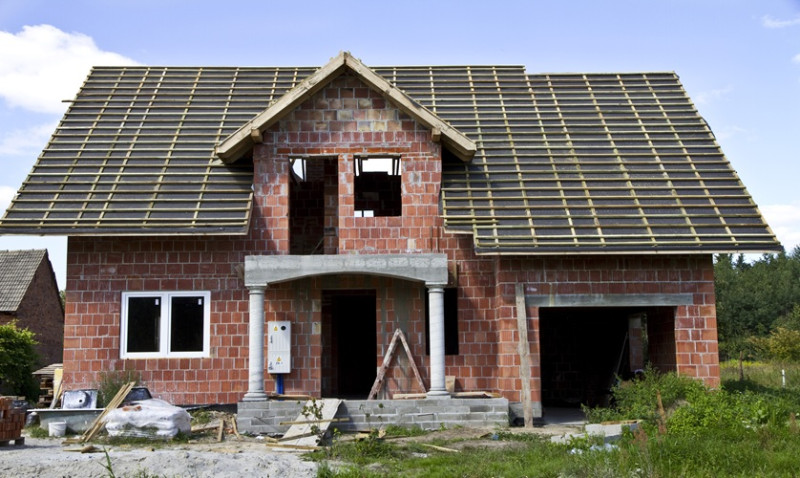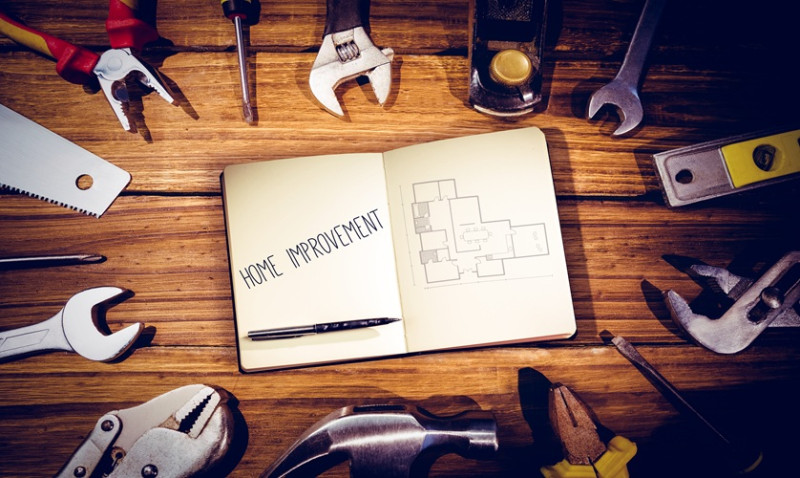
Whether you're a seasoned tradesperson fitting out kitchens, a design-savvy professional planning your client's next dream renovation, or a hands-on DIY enthusiast updating your own home, chances are you've experienced the physical and mental demands that come with the job. From carrying heavy materials to balancing on ladders all day, the home improvement industry can take its toll on the body and mind. That’s why recovery is crucial – yet it’s often the most overlooked step in your workflow.
This post is designed to help UK-based decorators, installers, designers, and homeowners understand the importance of recovery, share actionable best practices for staying sharp and pain-free, and introduce an exciting exclusive giveaway crafted for the heroes behind hammer and paintbrush alike!
Why Recovery Matters in Home Improvement
When you're constantly on the move—lifting, stretching, thinking creatively—it’s easy to forget the value of rest. However, recovery is more than just stepping away from a project. It directly impacts your productivity, performance, and long-term health. Without proper rest and rejuvenation, repetitive tasks can lead to injuries, burnout, and even costly mistakes on your next build or renovation.
For professional tradespeople who rely on their physical wellbeing for a daily wage, recovery isn’t a luxury – it’s a necessity. And for designers and young homeowners taking on DIY projects during evenings and weekends, lack of rest can lead to mental fatigue, diminishing your ability to make clear decisions or tackle complex renovations.
From improved muscle repair to enhanced concentration and mood, taking steps toward functional recovery will help you work better and feel better, all while enjoying the process of transforming a space.
Top Recovery Best Practices for Tradesmen and DIYers
Recovery doesn’t necessarily mean taking a full day off—although that can be beneficial too! Instead, consider these proactive and practical recovery strategies tailored for the home improvement community.
- Hydration & Nutrition: Keep your body well-fuelled. Water helps reduce joint pain and fatigue. Meals rich in protein help repair muscles, and balanced snacks throughout the day can prevent energy crashes.
- Stretching & Mobility: Incorporate 10-15 minutes of stretching before and after work sessions to release tension in your lower back, shoulders, and legs. This helps avoid stiffness and increases movement efficiency.
- Rest and Sleep: Aim for 7-9 hours of quality sleep each night. This is when your body regenerates tissue and repairs micro-damage from a full day of physical activity.
- Use of Supportive Gear: Braces, cushioned kneepads, and ergonomic tools can reduce fatigue and pressure during work hours, paving the way for faster post-task recovery.
- Breaks Throughout the Day: Even 10-15 minute mini-breaks help your body reset. Rotate tasks to use different muscle groups and reduce repetitive strain.
- Mental Recovery: Creativity is mentally draining. Use things like short walks, meditative breathing, or even a brief power nap to reset your focus. Don’t underestimate the toll designing or decision-making can take on your energy.
- Cold & Heat Therapy: Applying heat pads to sore areas can improve blood flow while a cold compress will reduce inflammation and pain after physically strenuous work.
Recovery Tools: Must-Haves for Every Toolbox
In addition to good practices, investing in the right recovery tools can boost your recovery time and make your body resilient for the long haul. Here’s a short guide to affordable solutions you can keep in your van or at home:
| Tool | Description | Best For |
|---|---|---|
| Foam Roller | Self-massage tool that targets muscle knots and increases blood flow. | Back, legs, shoulders |
| Compression Sleeves | Improve circulation and reduce muscle fatigue during and after work. | Arms, knees |
| Massage Gun | Delivers deep-tissue pulses to reduce tightness after intense labour. | Neck, lower back, calves |
| Heat Packs | Soothes strain and improves joint flexibility before starting work. | Joints, stiff muscles |
| Epsom Salt Baths | Relaxes muscles and reduces inflammation through magnesium absorption. | Full-body relaxation |
Using a combination of these tools before and after high-impact tasks can vastly improve how your body feels and functions on the job. Think of them as part of your PPE – Personal Protection for Energy!
Bonus Tip: Mental Recovery for Designers and DIY Planners
Not all recovery is physical. If you're regularly choosing paint palettes, drawing up room layouts, or navigating tight renovation deadlines, your brain needs a break too.
Experts recommend the 20-20-20 rule: every 20 minutes, take 20 seconds to look at something 20 feet away. This helps prevent eye strain (especially for CAD-heavy tasks or scrolling colour boards).
Journaling your concepts or using a checklist app can also ease your brain load and simplify decision-making. Taking a step away, even momentarily, can allow better, more inspired ideas to form without burnout.
